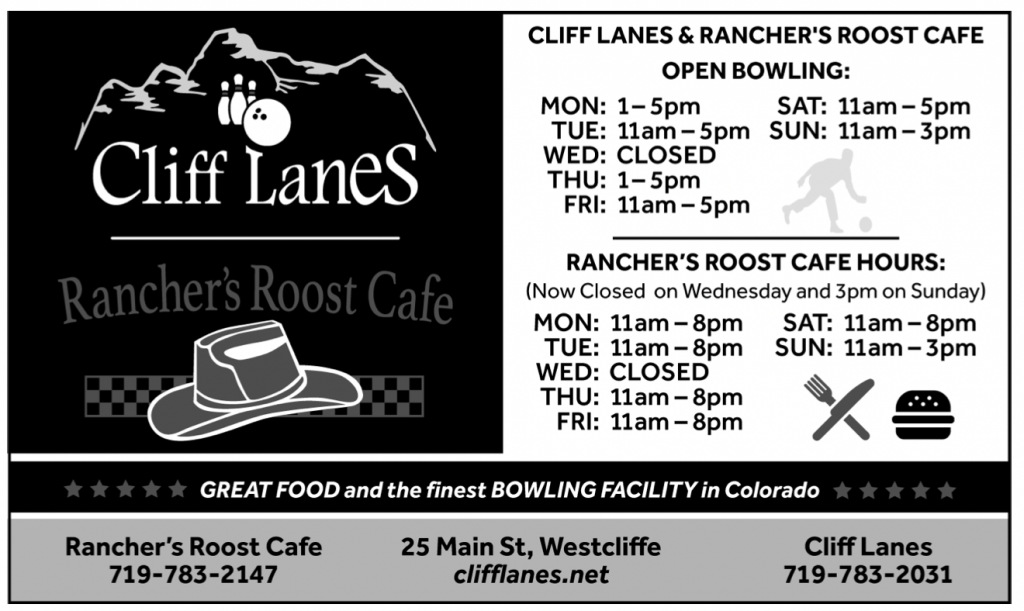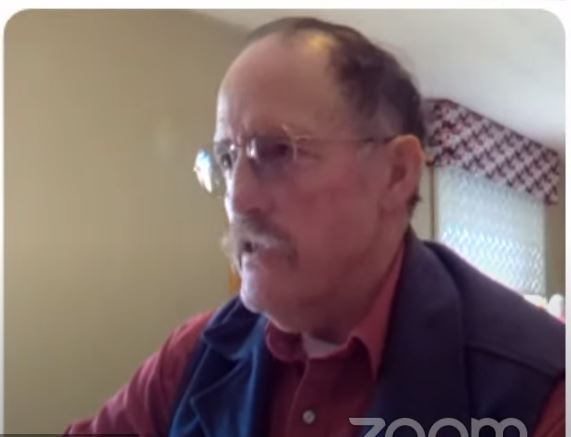(Originally published on January 11, 2024)
( UPDATE: During a Board of County Commissioners meeting on January 10, County Attorney Dan Slater stated that any process of redrawing election precincts had to start with County Clerk Kelley Camper. While GOP Chairman Jack Canterbury disagreed and stated again that the BOCC had authority, the Commissioners said no changes would take place this year and to work with Kelley Camper in the future)
A political commotion within the Custer County Republican Central Committee (GOP) is starting to boil out into the community and could impact future elections in Custer County. For almost a year, a faction within the GOP Central Committee has desired to have voting members of the Central Committee comprised of a majority of non-elected Republican voters instead of elected Republican Office holders. In short, current Chairman Jack Canterbury wants the voting precincts in Custer County to be redrawn, adding more precincts with the end goal of more Republican precinct leaders than Republican Office holders. But precincts are not just a GOP issue. Redrawing precinct lines would influence the Custer County Democratic Party and unaffiliated voters. Also at stake is a drive to move the county back to holding elections using hand counts only, which would mean breaking the current contract with Dominion voting machines.
For the majority of the county citizens, the issue might seem complicated, but understanding the motivations behind the push to have the county add more precincts and remove ballot counting scanners boils down to a desire by Chairman Jack Canterbury to have the GOP Central Committee approve who runs in the Republican primary instead of primary voters themselves.

The Custer County Republican Central Committee was created to support Republican candidates who currently hold office or have won the Republican Primary election. The bylaws of the GOP strictly forbid the Central Committee from endorsing any candidate before a primary election and direct the GOP to support Republicans who have won public office. The current structure of the GOP in Custer County is one of candidate support and is not intended to be involved in deciding policy for the party or the candidates. This system has worked well in Custer County for several decades, with the GOP also holding community gatherings like the annual Lincoln Day dinner, scholarships for students, and meetings held only a few times yearly.
However, the process was interrupted in 2016 when Colorado voters passed rules that allowed unaffiliated voters to take part in either Republican or Democratic primaries. Unaffiliated voters make up a majority of Colorado registered voters, but the elections are still a two-party affair. The 2016 law allowed unaffiliated voters to pick a primary (they cannot vote in both) and participate in the primary election.
But Republicans across Colorado felt that allowing unaffiliated voters to take part in local primary elections watered down the candidate poll, allowing more politically pragmatic, but perhaps less conservatively principled, candidates to win primary elections. This feeling that the Republican election purity has been lost has caused a split in the State GOP Central Committee. Colorado GOP Chairman Dave Williams has tried unsuccessfully to take the party to a caucus system and eliminate the general primary election. Changing the state GOP bylaws requires a 75% majority, which he has not been able to achieve.

The Custer County GOP uses the same guidelines as the State GOP and so it is not possible for it to reject the general primary election and turn to a caucus system. However, Chairman Jack Canterbury has hit on a different solution. For him, if the Custer County Republican Central Committee can create more precincts, more voting members who do not currently hold office can be added to the Central Committee. The voting members of the GOP in the Valley can move a bit depending on elections. Still, there are 15 voting members of the GOP Central Committee (with the chairman being a tie-breaking vote), eight of whom are elected county officials. This means that Republican-elected public officeholders generally have a majority plus a large influence on the direction of the Central Committee, which was designed to support them in election years.
By Canterbury’s logic, if he can add four more voter precincts to Custer County (hence four more voting members to the central committee as precinct heads), this would give non-elected voting members the majority over elected Republican voting members. With a majority of the Central Committee then in control of elected office holders, the Central Committee could start to heavily influence existing elected members and begin to pick who can run for the Republican primaries, even if they do so in a non-direct manner.
The only obstacle for Canterbury is that by State Law outlined in 1-5-101 of the Colorado Electoral Code, the County Clerk and Recorder is the only one that can engage in redrawing precinct boundaries and setting the number of precincts in a county and then present that new map to the County Commissioners to vote on. Furthermore, the Election Code states that “In a county that uses an electronic or electromechanical voting system, the County Clerk and Recorder, subject to approval by the Board of County Commissioners, shall establish at least one precinct for every 1,500 active eligible electors. However, the County Clerk and Recorder, subject to approval by the Board, may establish one precinct for every 2,000 active eligible electors.” The Clerk uses data from the 10-year US Census to decide whether new boundaries need to be drawn.

Custer County has roughly 4,400 active voters divided among three different precincts, which totals 1,466 voters per precinct. This number aligns with state law for the size of a precinct. To overcome this obstacle and draw more precinct maps, Canterbury wants to move the county back to paper ballots only and hand counts because the state law states that “In counties that use paper ballots, the County Clerk and Recorder, subject to approval by the Board of County Commissioners, shall establish at least one precinct for every 600 active eligible electors, with boundaries that take into consideration municipal and school district boundary lines whenever possible. However, the County Clerk and Recorder, subject to approval by the Board of County Commissioners, may establish one precinct for every 750 active eligible electors.”
According to the GOP Central Committee minutes of December 15, Canterbury stated that his goals for 2024 were to get rid of the Dominion machines and redraw the precinct map. Commissioner Bill Canda has attempted to sidestep Clerk and Record Kelley Camper before, claiming that it is the Commissioners, not the Clerk, that decide the precincts. But he gave no proof to the grounds of this statement. In addition, Canda had attempted to break the contract with Dominion voting machines before and was narrowly defeated by a 2-1 vote in 2022. Breaking the contract would open the county up to hundreds of thousands of dollars in fines and a possible lawsuit by Dominion. In addition, other state laws require counties to use electronic tabulation devices to count paper ballots.
The issue is an agenda item on the Wednesday, January 10, Board of County Commissioner meeting, and the Tribune will report on that meeting in next week’s edition.
– Jordan Hedberg


